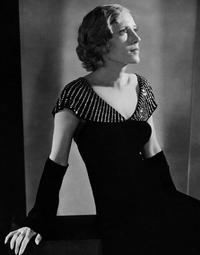
Exhibit runs through July 9, with half-price admission to the museum in June.
A Philadelphia native and Doylestown resident of the Worthington House between 1910 and 1926, Charles Sheeler (1883–1965) is recognized as one of the founding figures of American modernism for his pioneering work as both a painter and a photographer, with a particular penchant for industrial subjects. Trained in an impressionist approach to landscape painting, Sheeler experimented early in his career with compositions inspired by European modernism before developing a linear, hard-edged style now known as Precisionism. He purchased his first camera in 1910, around the time he moved to Doylestown. A few years later, using his house as his primary subject, he began experimenting with compositional arrangements: mass, texture, line, dramatic lighting, spatial distortions, and framing strategies to create powerful images. At the same time, he produced compelling images of Machine Age New York for which he is best known: Art Deco skyscrapers, sleek locomotive engines, and majestic power plants.
The exhibition begins with an exploration of Sheeler’s early period of experimentation: photographs of the Worthington House and modern sculpture, early portraits, and his 1920 film collaboration with Paul Strand, Manhatta (1921). The core of Charles Sheeler: Fashion, Photography, and Sculptural Form, however, is the 85 portraits and fashion photographs on loan from the Condé Nast archives in New York. These photographs embody all the glamour of the Jazz Age—beautiful starlets in fantastic gowns and fabulous jewels, models wearing the latest in couture designs, Ziegfeld Follies dancers, and stage actors featured in the latest Broadway sensation.

POSTS
Souderton Business Improvement District Five Dollar Giveback ProgramARCHIVE
April 2020